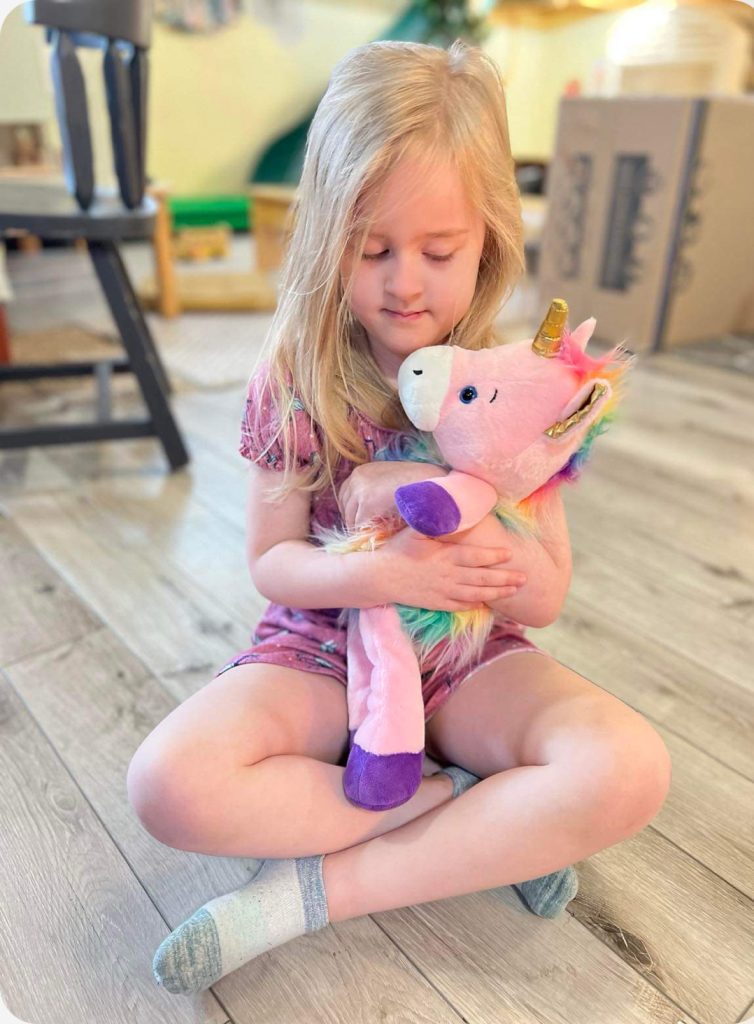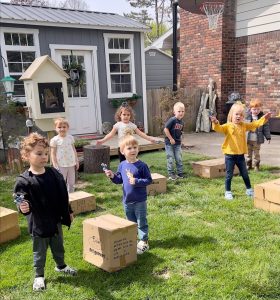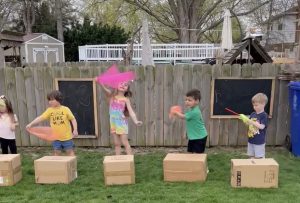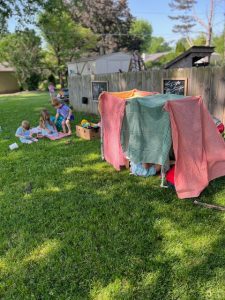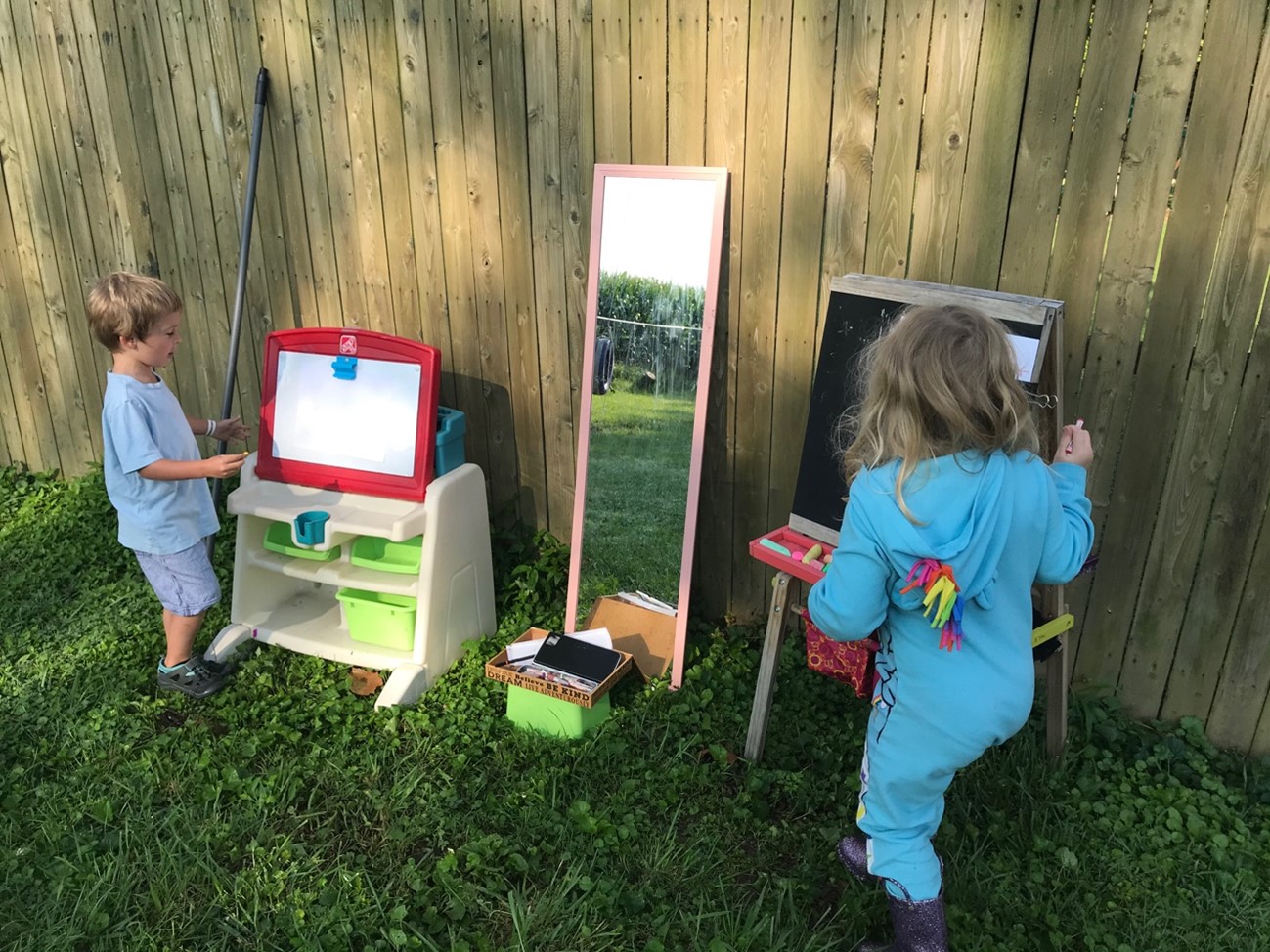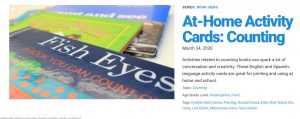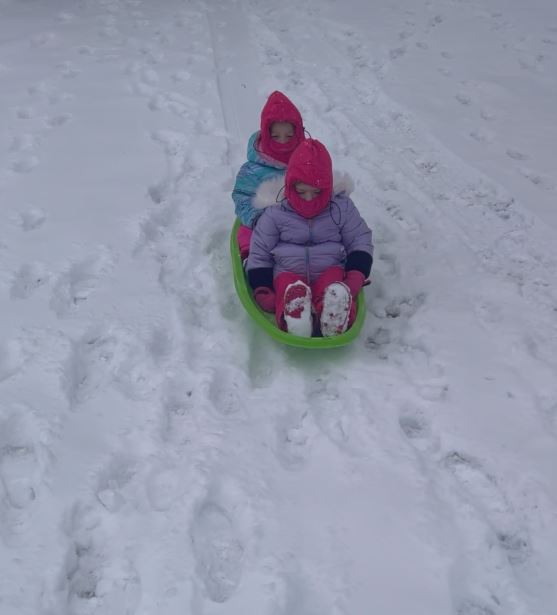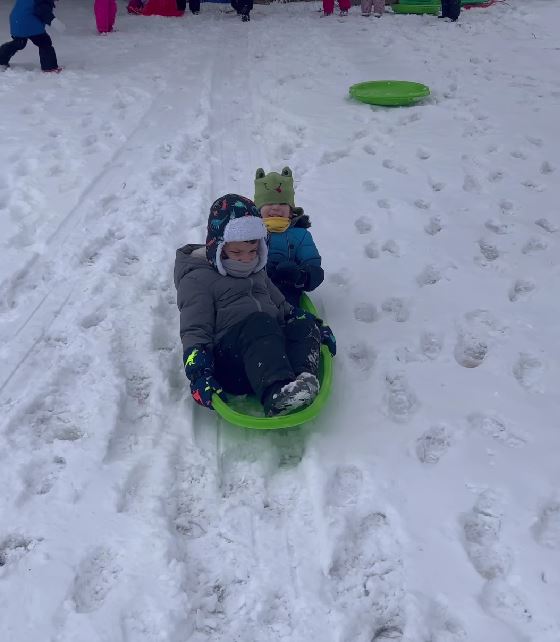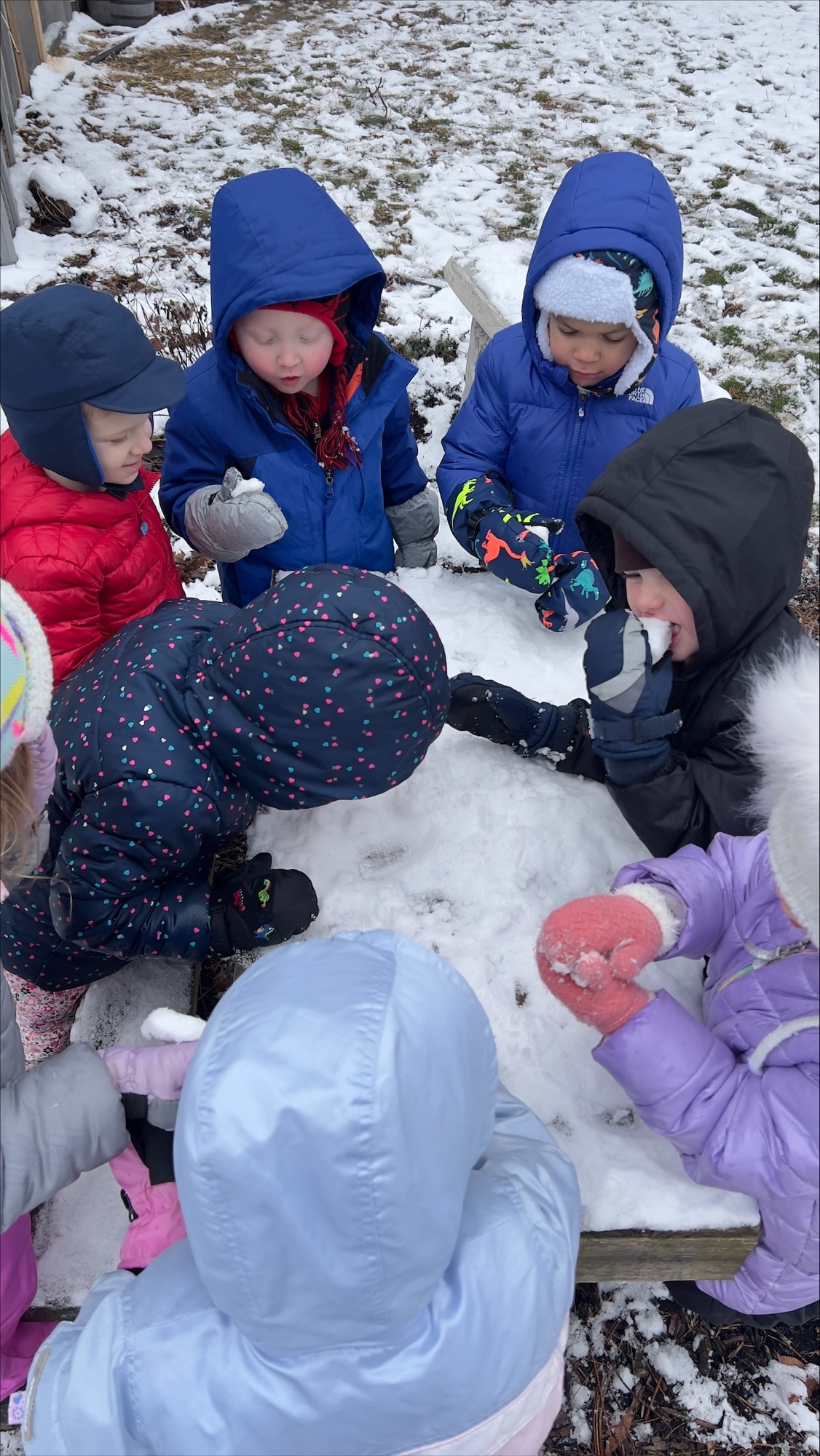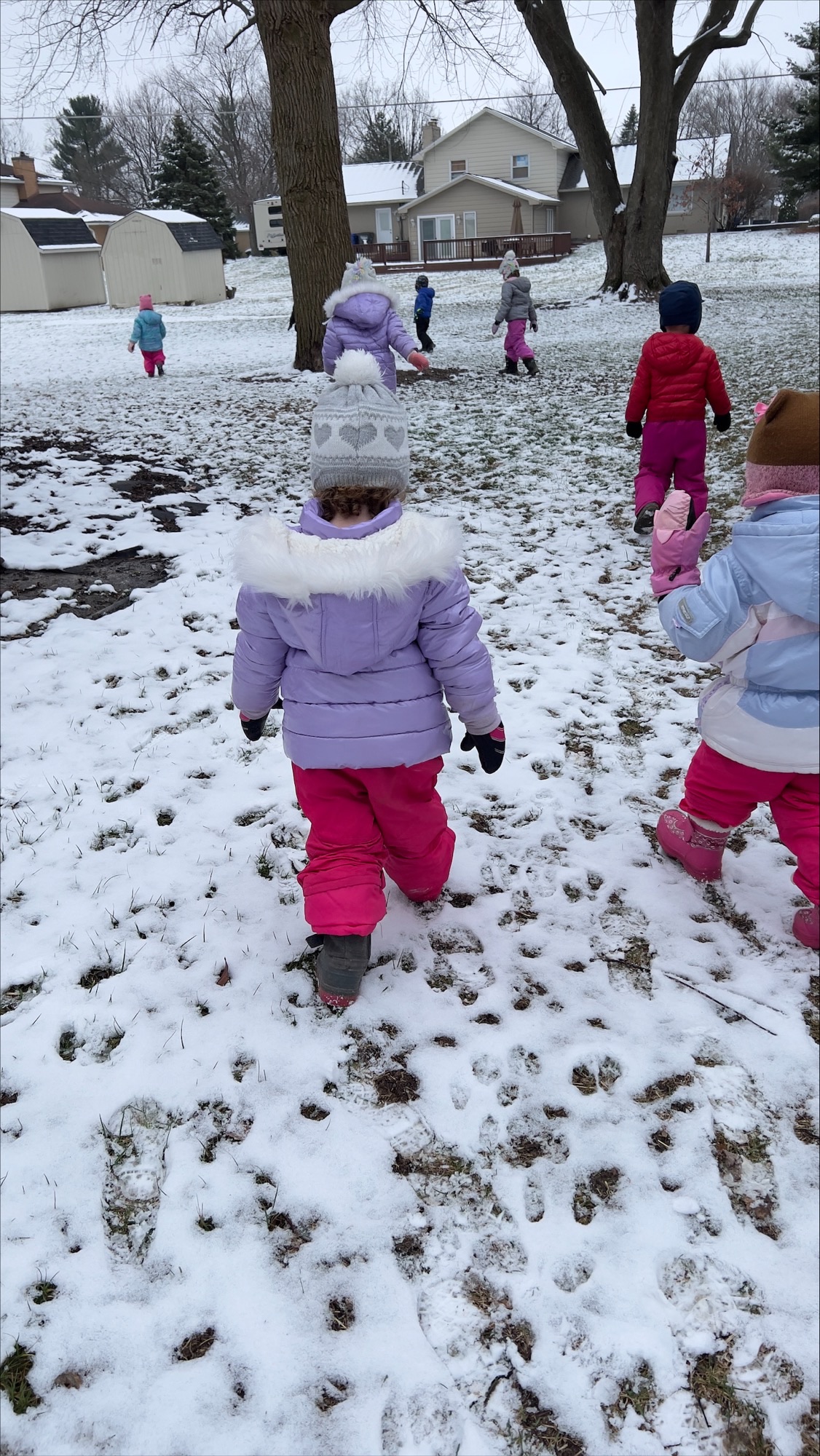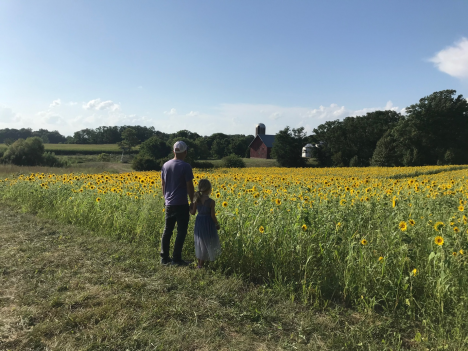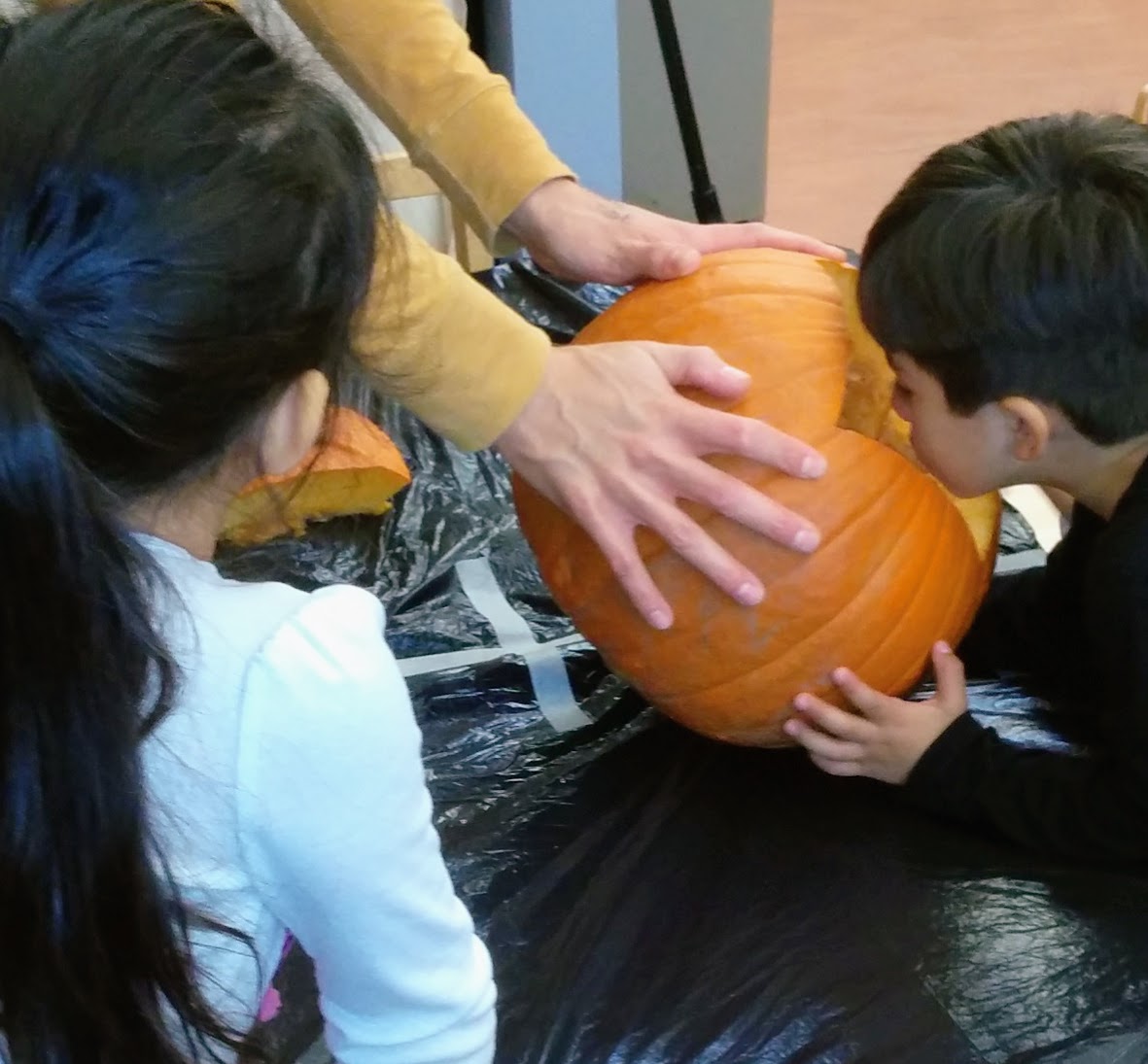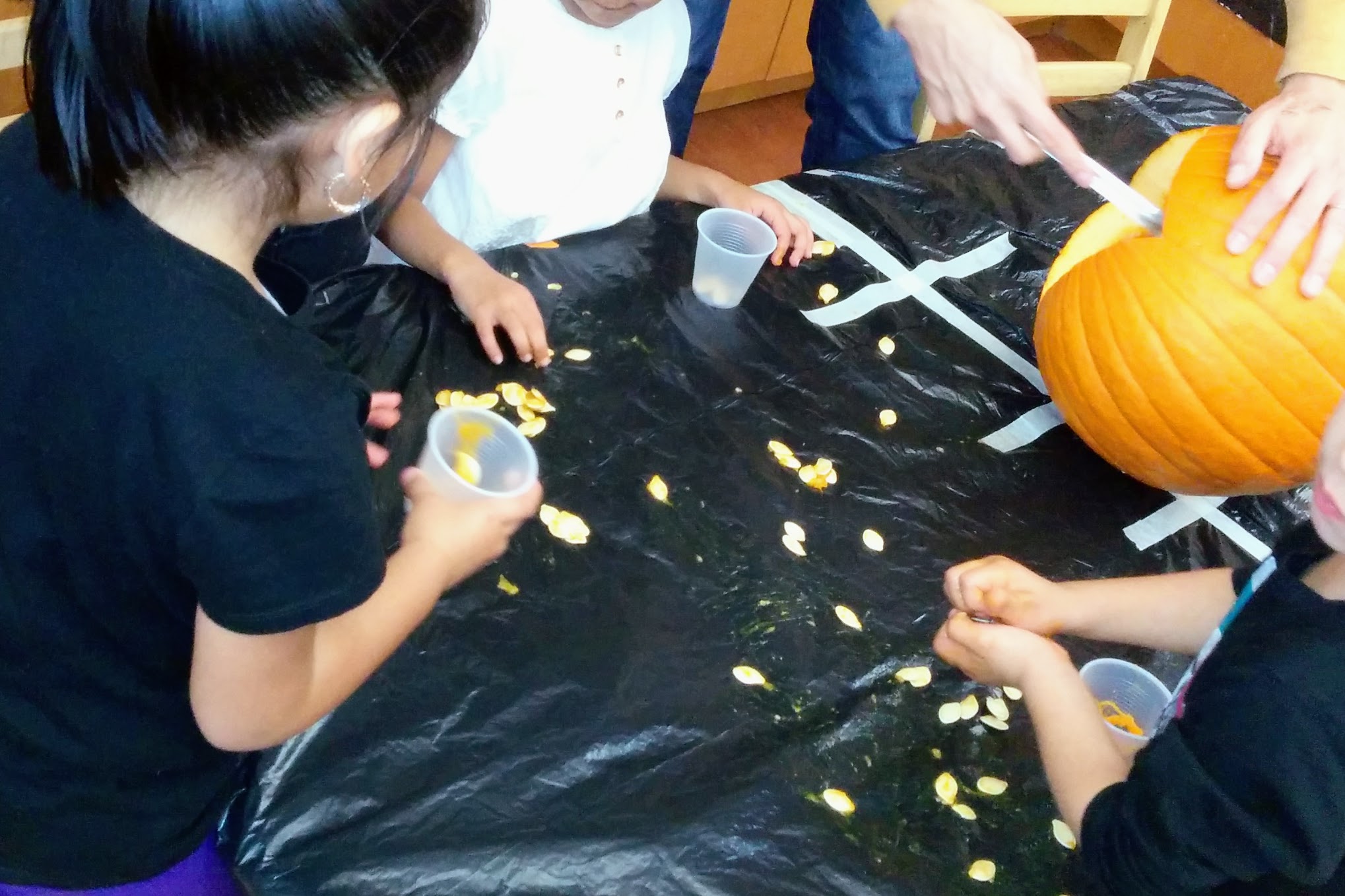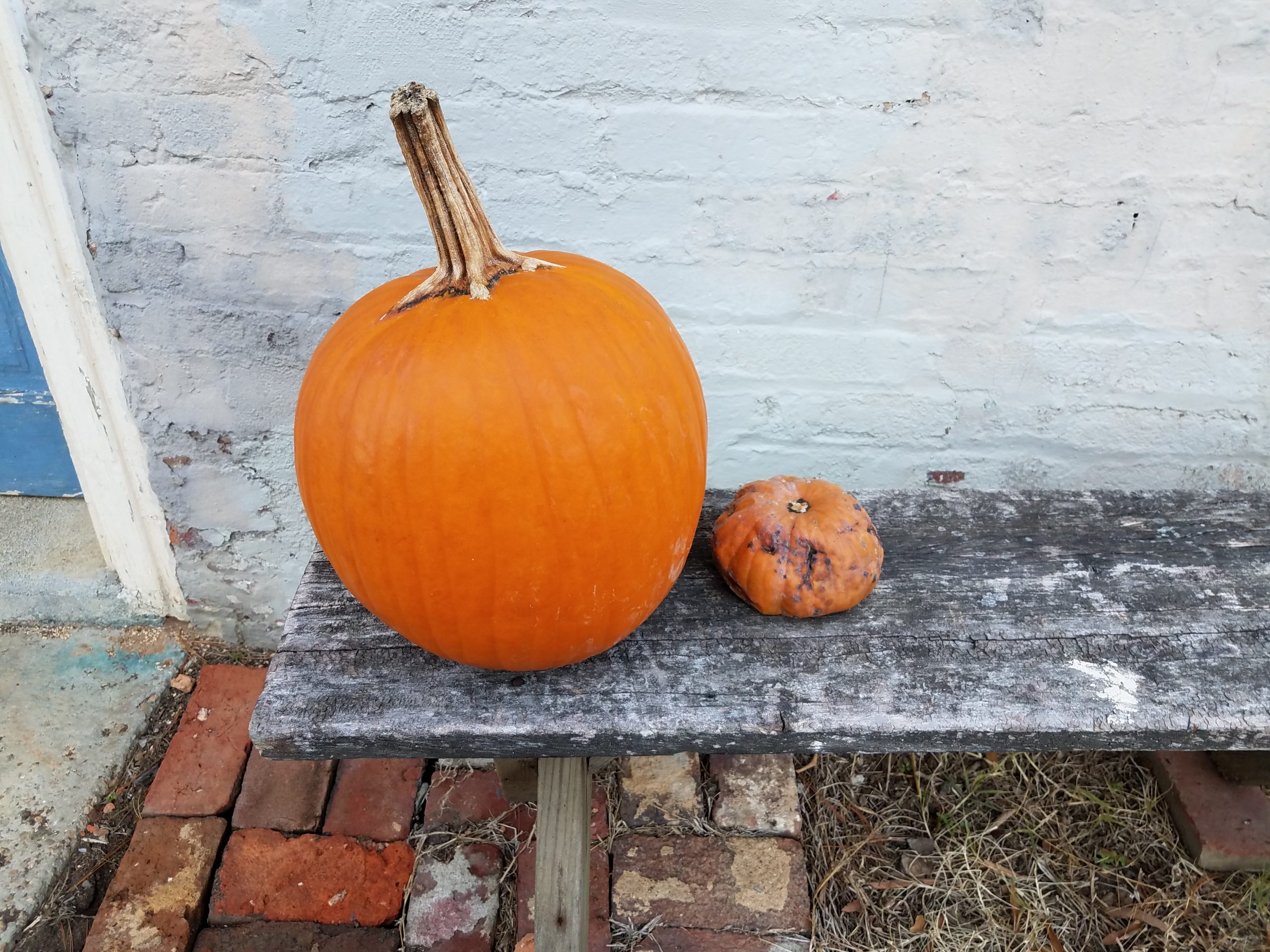As part of our social emotional learning curriculum, we read a story about a different social-emotional concept using sight, touch, and sound to engage children and solidify the skill-building process.
I always incorporate a stuffed animal that correlates to a different social or emotional need. For example, unicorns for creativity, bears for feeling love, sloths slowing down, snail feeling brave. My goal is to tell a story or read a book I find about that SEL goal and pass the stuffed animal around and help them believe in themselves and their abilities. To remind them we can get through hard times, and we don’t have to do it alone.
Daily we work on positive affirmations and the idea that their opinions about themselves matter. We’ve also talked about how to handle difficult situations and when to ask for help. Being a teacher, I’m doing everything in my power to help guide, kind, empathetic, and strong kids.
Social Emotional Learning is instilling feelings of self-worth into our kids. We use affirmations in response to many situations, like conflict-resolution needs, self-esteem needs, and emotional regulation needs to name a few. And using affirmations daily I notice the kids pulling out these types of positive sayings on their own, without my initiation.
The specific skills the children are learning include:
- Interaction — physical touch, eye contact, and playfulness
- Connection — reading positive affirmations and having them repeat them to you (if possible)
- Reflection — practicing the learned concepts and skills
As teachers we honor the emotional lives of children and enable them to find the words to express themselves as they come to terms with their complex feelings.
Bringing or building musical instruments outside can be a great way for children to practice coordination, creativity, rhythms, and tones in a setting that allows them to create a great range of auditory experiences.
To deepen children’s thinking, encourage them to hit different parts of their drum with the stick to see if the sound changes; note when they make louder/softer sounds, and how the achieved it; and help them to create and test hypotheses about how changing their instrument will change the effect (i.e. what would happen if you put a leaf on your drum, and hit that with the drum stick?). By exploring these different traits of the music they create, children are learning about differences in tone and volume, two important concepts within musicianship. As they drum and dance, they are also practicing bilateral coordination (moving both sides of their bodies at the same time), a big skill for pre-writing.
Your instruments don’t need to be complicated. Some boxes and sticks can go a long way! Consider also including recycled cans (with sharp edges covered!), making shakers from water bottles and beads, or wooden spoons —see LOTS more ideas for a variety of ages here.
Fort building is an activity most children enjoy– who wouldn’t love the opportunity to be the architect of their own space? It’s also an incredible way to promote children’s creativity, imagination, persistence, and STEAM skills.
Why is this a STEAM activity?
Science: children need to navigate the physical properties of a variety of materials to make their fort. Will the fabric keep its shape when draped over sticks, or will it fold in ways the children didn’t anticipate? Will rubber bands be strong enough to hold the sticks together, or will they need to use yarn or glue?
Technology: Older children can use rulers, measuring tape, levels, and more tools to help them plan and execute their forts.
Engineering: Structural engineers need to take into account the materials they’re working with when designing structures for an intended purpose. These young engineers will learn the foundational problem-solving skills when the plan and test their designs.
Art: A sense of aesthetics is crucial in fort design! Children can select their color scheme and decor as they assemble.
Math: Geometry is key here, as children figure out how large a space they need to fit the people they would like inside, and measure their sticks and cloth accordingly.
Building outdoor fabric forts promotes play can help children develop problem-solving skills that will help them later in life. Fabric forts don’t always work out the way kids want them to! They teach children to find new and better ways to achieve the result they want.
How can you get started? Depending on the ages of the children involved, this activity may use: blankets, tablecloths, sticks, lengths of PVC pipe, yarn, glue, paper, rubber bands, and all kinds of other “stuff” that you have on hand!
Bring the mirrors outdoors and enjoy this simple and rewarding activity! During the early years, children are enamored with their own reflections. Providing this opportunity to study themselves, and create art, encompasses many different skill sets for young children.
Infants: Infants will enjoy simply looking at themselves in a mirror. Offer a hand mirror on a blanket where they can gaze and practice tummy time!
Toddlers: Help toddlers label their own features in the mirror. Encourage them to explore different art materials without concern about the final product. Focus on correctly holding utensils (pencil between fore finger and thumb).
Older Toddlers: Encourage older toddlers to recognize simple shapes in their features and transcribe those shapes on their drawing. Encourage correct handling of utensils, and help children write their names.
Pre-K: Encourage children to write their names and label their features when finished with their portraits.
Have you tried self portraits in your program? Have a fun activity? Share it with us info@townsquare.org
Early Math Collaborative is a part of Erikson institute dedicated to providing math resources and professional development for educators and administrators.
The collaborative recently launched Download format; making resources available for immediately download and printable for everyone.
Enjoy these at-home activities cards to help children explore numbers, shapes, sorting and more!
At-home activities cards are available in English and Spanish
For many of us, winter is sticking around for a few more weeks, which means more fun in the snow. Remember, there is no such thing as bad weather; there is just bad clothing.
Playing outside during cold weather is very beneficial for children.
It builds resilience, helping children learn to cope with uncomfortable or challenging situations, and builds mental and emotional strength.
It improves creativity and imagination; being outside provides endless imaginative play and exploration opportunities.
It promotes physical activity, playing in the snow, and engaging in winter sports like sledding, skating, and skiing supports physical activity and healthy habits.
Lastly, it enhances sensory experiences; snow, and ice provide unique sensory experiences that stimulate and calm the senses, helping children develop sensory integration skills.
Stephanie McKinstry owner of Caterpillar Clubhouse Nature Preschool, shares some fun photos of her program enjoying the snow!
Exploring textures is an excellent activity for toddlers.
This simple activity encourages curiosity, the development of hand-eye coordination, and language development in describing textures. You will need a few materials to get started.
- An empty tissue box works best, but any box will work; just cut a hole in the top.
- Place a variety of objects inside the box. For example, shiny ribbons, scarfs, feathers, shells, rocks, bark etc.
- Encourage toddlers to explore the box’s content by using their senses. Model what this looks like, rub the fabric on your hand, smell it, rub two items together, and be sure to describe what you feel and see.
Have fun and alternate the material in the box to explore more textures!
Provide children with a large sheet of butcher paper and small trays or plates with paint to explore dipping and making marks with recycled materials such as toilet paper or paper towel tubes, containers of various shapes and sizes, materials with different textures, etc. This could be an activity that is available over several days that children can experiment with in a variety of ways.
Goal: Children will work collaboratively, use fine motor skills, and explore making marks with paint using a variety of recyclable materials.
August and September are big Sunflower months around here. If you happen to put sunflowers in your bird feeders, you likely have sunflowers all over, even some in strange places.I like to let most of my sunflowers live their long lives, but every once in awhile one pops up somewhere and I have to pluck it out. Also, at some point they all die off, and they can be quite unsightly. Instead of just composting the giants, I try to use these opportunities as teachable moments. Here are a few activities you can do with sunflowers.
Weeding/ Ages 3-99
Engage children in assisting in the removal process. Weeding requires a lot of gross motor skills. Using several muscles in unison, and stimulating brain activity. Children enjoy the satisfaction of pulling as hard as they can, and it’s great for them to see the progress of their efforts. Once pulled, help them remove the stem, the leaves, and the flower, and place the different parts into labeled bins to explore next.
Sunflower exploration/ Ages 0 – 99 / Fine motor skills, Scientific knowledge/ Math
Offer sunflowers to children with a variety of tools such as plastic knives, mallet, tweezers, water, different containers. Encourage the children to explore the sunflowers using the tools. Offer some safety guidelines if necessary. Then, let them go at it! As they are exploring you can scaffold their learning by asking questions or offering new techniques.
Sunflower painting / Ages 1 – 99 / Fine motor skills/ Creative Arts/ Early Math / Science
Create the art area by laying down an old sheet on the grass. Offer each child a canvas and a sunflower. Squirt desired colors of paint on canvas and encourage children to use their sunflower or hands to paint.
Seed counting / 2 -99 / Math
Use tweezers or fingers to extract seeds from flower head. This process alone is really cool! The textures of the sunflower are varied and interesting. Count seeds by 1’s, 5’s, and 10’s! Make up a recipe “We need 30 seeds to bake our bread!”
Cooking! / 2 -99
After you have counted, painted, smashed, and tweezed the sunflower pieces, cook with them! Flower petals look gorgeous on a mud pie, and children will love having new textures to work with.
We are officially in Autumn, and of course, with this season comes pumpkins! Here are few ideas on how to explore pumpkins in your program:
- Explore the outside of the pumpkin!
*Have children touch the shell and stem
How does it feels? Is it smooth, bumpy, hard?
What do you see?
What sound does it make?
What color is it?
Why does it have a stem?
- Explore the inside of the pumpkin!
*After exploring the outside, move to the inside. Carve out the stem and ask children to look inside, describing what they see. If they are comfortable, have them touch the inside, feel the pulp and seeds, describing this texture. Dig into the pulp and seeds by using a spoon to scoop it out. Ask children:
How does it feel?
What does it smell like?
What color is it?
What shape is it?
*For infants or children who are overstimulated with touching the raw pumpkin pulp, scoop the pulp and seeds in a freezer bag, glue the bag shut, and have them squish the bag
*With the pulp and seeds out, have the children separate the seeds from the pulp. As an added activity, have them count how many seeds they found
- Explore what happens after!
*Leave your pumpkin in a safe place inside or outside to observe the daily changes
*Ask children to notice the difference in color, texture, and smell
*Why is the pumpkin changing?
- Exploring taste!
* Rinse the seeds and lay them out to dry. Once dry, place them on a cookie sheet to roast. Have older children taste them (safety precaution choking hazard)
*Explore a pie pumpkin instead of a carving pumpkin, bake the pumpkin and have children try the pulp or use it to make a pie or cookies
Have a fun Autumn activity? Share your ideas with us at info@townsquarecentral.org

